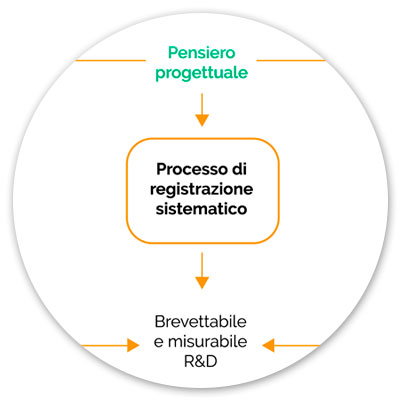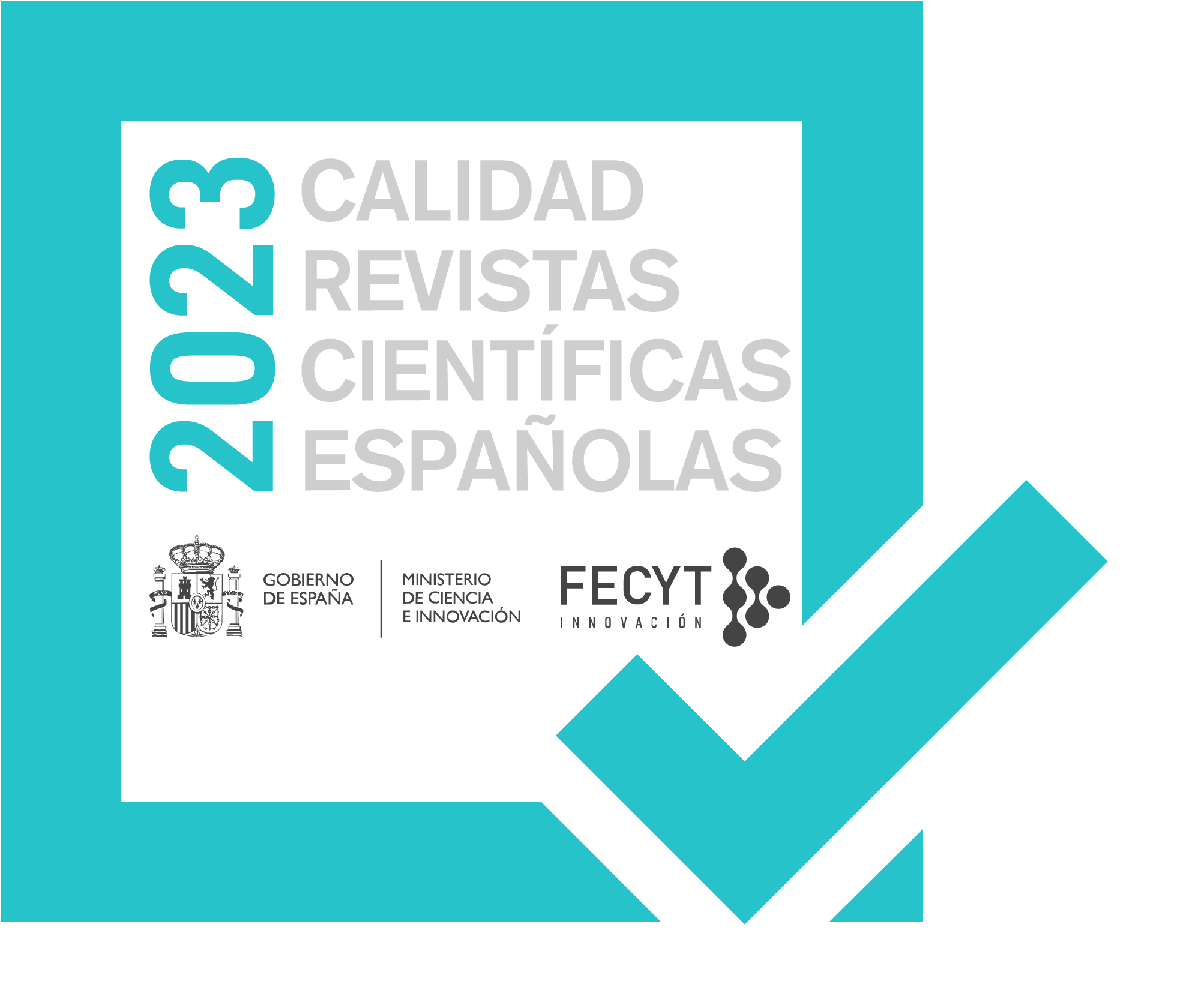Design Thinking: Innovation and protection of ideas
DOI:
https://doi.org/10.24310/Idiseno.2021.v16i.13084Keywords:
Design Thinking, property rights, digital technology, methodologyAbstract
From a Design Thinking approach, this article aims to explain how creative processes in organizations, expressed within a context of the effervescence of property rights, require the formulation of more rigorous methods of obtaining and evaluating the information, which allow the mitigation of asymmetric effects and loss of efficiency and effectiveness of the efforts made by companies. Three possible interventions are analyzed so that the creative process generates valuable know-how. Ideas can receive organized treatment during the initial phases: guidance of creative thinking, use of technology through digital registry tools, and sustainable business strategies focused on human behavior. It is concluded that starting from a design thinking requires systematizing and incorporating greater rigor in the creative process to facilitate the registration processes of property rights over an original product of the organization.
Downloads
Metrics
Publication Facts
Reviewer profiles N/A
Author statements
Indexed in
-
—
- Academic society
- N/A
- Publisher
- Universidad de Málaga
References
Alfaro, M., Vargas, M., Gutierrez, S., Ternero, R. and Sabattin, J. (2020). Conceptual Framework for the Strategic Management: A Literature Review—Descriptive. Journal of Engineering, 2020.
Buchanan, R. (1992). Wicked problems in design thinking. Design issues, 8 (2).
Chavaglia, J., Filipe, J. and Bento Caleiro, A. (2019). Creativity and innovation: A contribution of behavioral economics. International Journal of Innovation Studies, 3 (1), 12-21.
Ciani, O., Armeni, P., Boscolo, P., Cavazza, M., Jommi, C. and Tarricon, R. (2016). De innovatione: The concept of innovation for medical technologies and its implications for healthcare policy-making. Health Policy and Technology, 5 (1), 47-64.
Dorst, K. (2019). Design beyond Design. She Ji: The Journal of Design, Economics, and Innovation, 5 (2), 117-127.
Dwivedi, Y. et al. (2021). Setting the future of digital and social media marketing research: Perspectives and research propositions. International Journal of Information Management, 59, 102-168.
Gassmann, O. and Bader, M. (2006). Patentmanagement. Wiesbaden: Springer Gabler.
Hall, BH. (2007) Patents and patent policy. Oxford Review of Economic Policy, Vol. 23, issue 4 (pp. 568–587).
Johnson, JP. (2004) Defensive publishing by a leading firm. Working paper. Ithaca: Cornell University Press.
Kempe, M. and Kempe, D. (2018). “Good, better, creative”: the influence of creativity on goal scoring in elite soccer. Journal of Sports Sciences, 36 (3), 1-5.
Meyer, M. and Norman, D. (2020). Changing Design Education for the 21st Century. She Ji: The Journal of Design, Economics, and Innovation, 6 (1), 13-49.
Mohr, J. (2001). Marketing of high-technology products and innovations. Upper Saddle River: Prentice-Hall.
Nelson B. A., Yen J., Wilson J. O. & Rosen D. (2009). Refined Metrics for measuring ideation effectiveness. Design Studies, 30 (6), 737-743.
Royalty A. and Roth B. (2015). Developing Design Thinking Metrics as a Driver of Creative Innovation. New York: Springer International Publishing.
Schmiedgen, J., Spille, L-, Köppen, E., Rhinow, H. & Meinel, C. (2016). Measuring the impact of design thinking. In Plattner H, Meinel C, & Leifer L (eds.): Design Thinking Research: Making Design Thinking Foundational (pp. 157-170). Switzerland: Springer International Publishing.
Schönhals, A., Hepp, T. and Gipp, B. (2018). Design Thinking using the Blockchain: Enable Traceability of Intellectual Property in Problem-Solving Processes for Open Innovation. CryBlock'18: Proceedings of the 1st Workshop on Cryptocurrencies and Blockchains for Distributed SystemsJune (pp. 105-110).
Sözbilir, F. (2018). The interaction between social capital, creativity and efficiency in organizations. Thinking Skills and Creativity, 27, pp. 92-100.
Teixeira, A. and Ferreira, C. (2019). Intellectual property rights and the competitiveness of academic spin-offs. Journal of Innovation & Knowledge, 4 (3), pp. 154-161.
Totten, J. and Zhai, M. (2014). Recent developments in the interplay between patents and standards-setting. Chicago: IEEE.
Ulrich, K. (2012). Diseño y desarrollo de productos. México: The McGraw-Hill Companies.
Vargas-Hernandez N., Shah JJ. & Smith SM. (2010). Understanding design ideation mechanisms through multilevel aligned empirical studies. Design Studies, Vol. 31 (pp. 382– 410).
Wang, Y., and Chiew, V. (2008). On the cognitive process of human problem-solving. Cognitive Systems Research. Vol. 11, issue 1 (pp. 81-92).
Ylitalo, P. (2017). Value Creation Metrics in Systematic Idea Generation. Acta Univiversitatis Ouluensis, C 611.
Yoon, B., and Park, Y. (2004). A text-mining-based patent network: analytical tool for high technology trend. The Journal of High Technology Management Research, 15 (1), 37-50.

Downloads
Published
How to Cite
Issue
Section
License
Aquellos autores/as que tengan publicaciones con esta revista, aceptan los términos siguientes:- Los autores/as conservarán sus derechos de autor y garantizarán a la revista el derecho de primera publicación de su obra, el cuál estará simultáneamente sujeto a la Licencia de reconocimiento de Creative Commons que permite a terceros compartir la obra siempre que se indique su autor y su primera publicación esta revista.
- Los autores/as podrán adoptar otros acuerdos de licencia no exclusiva de distribución de la versión de la obra publicada (p. ej.: depositarla en un archivo telemático institucional o publicarla en un volumen monográfico) siempre que se indique la publicación inicial en esta revista.
- Se permite y recomienda a los autores/as difundir su obra a través de Internet (p. ej.: en archivos telemáticos institucionales o en su página web) antes y durante el proceso de envío, lo cual puede producir intercambios interesantes y aumentar las citas de la obra publicada. (Véase El efecto del acceso abierto).







14.png)



